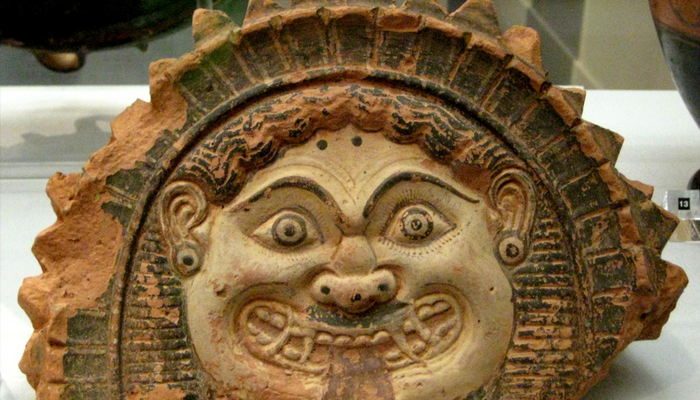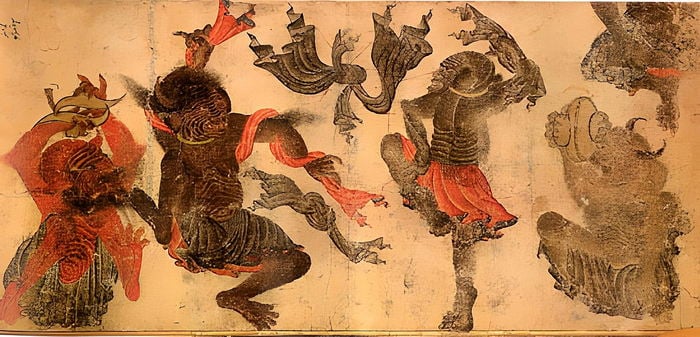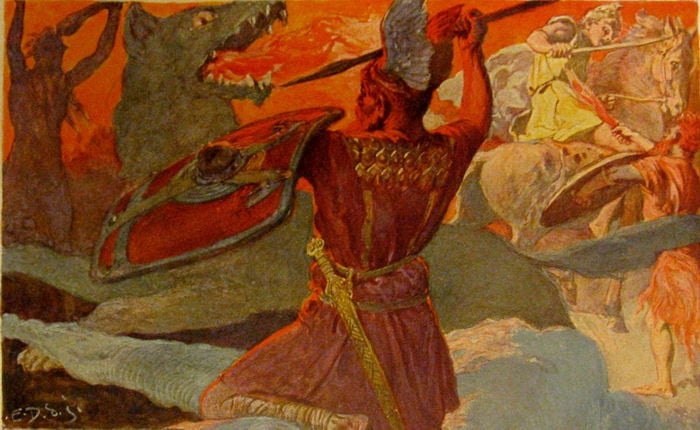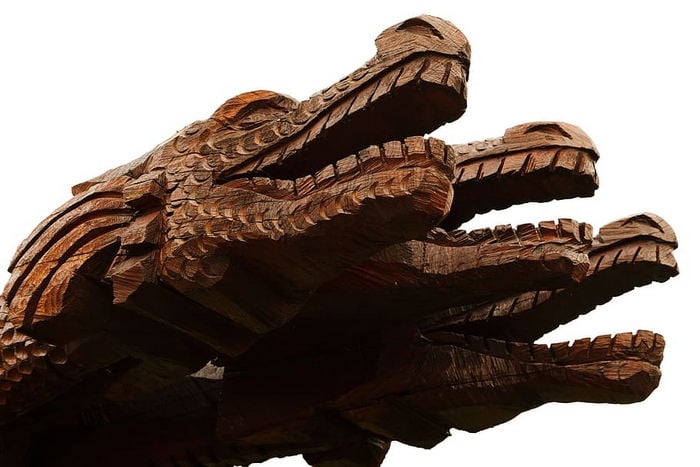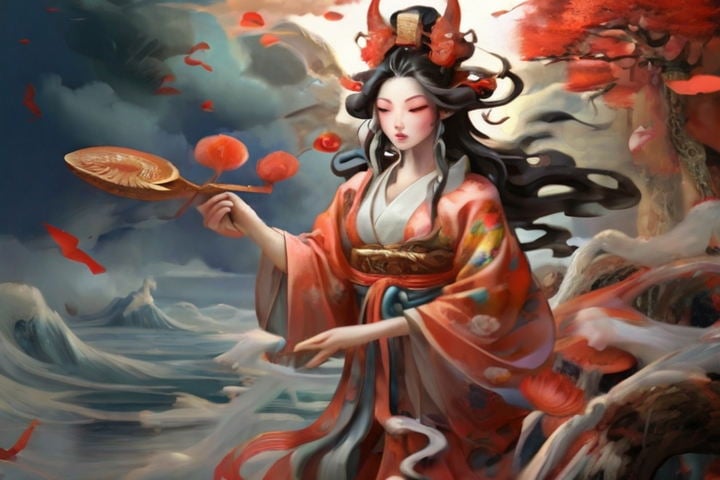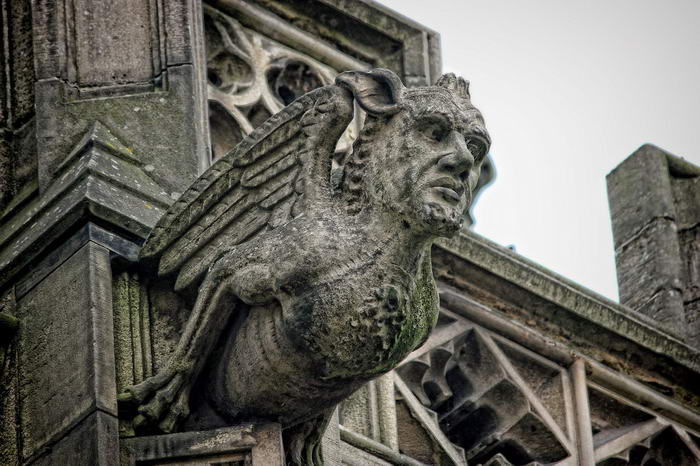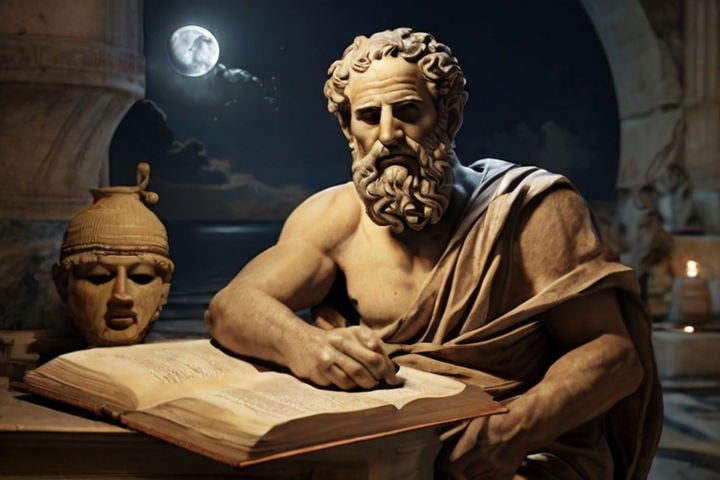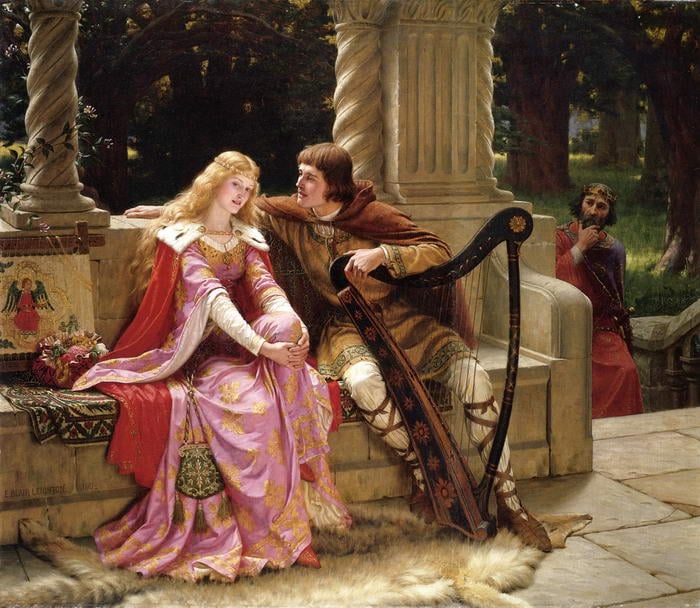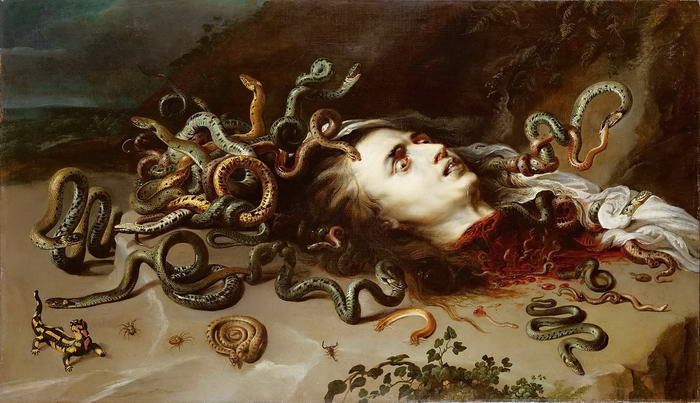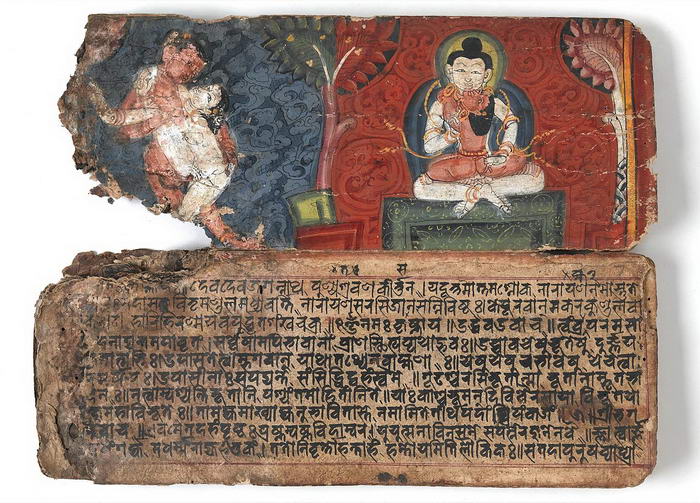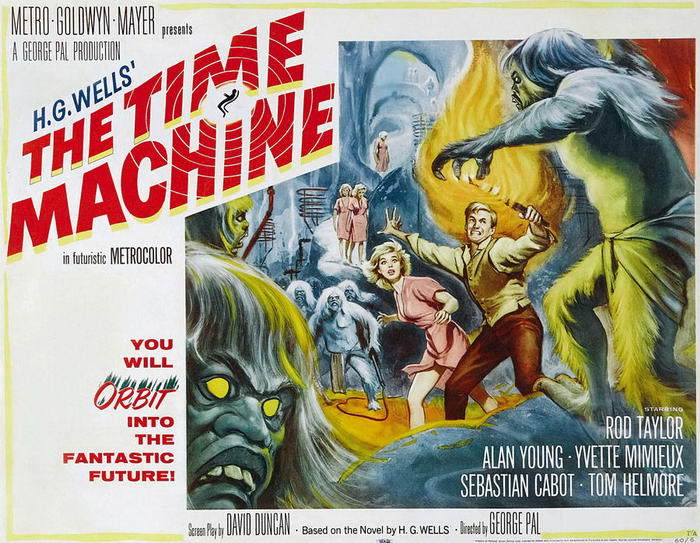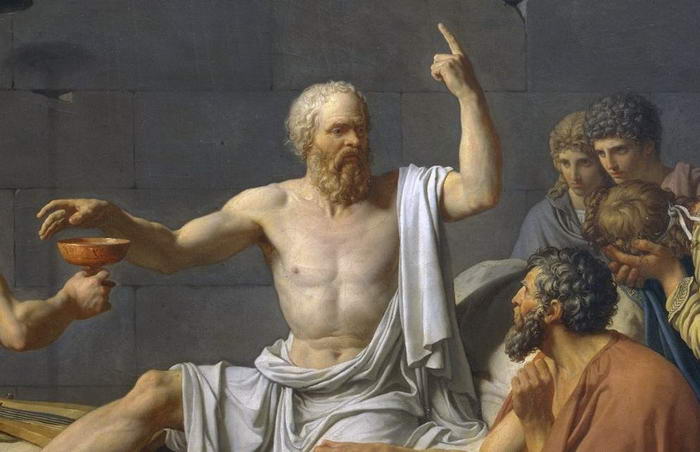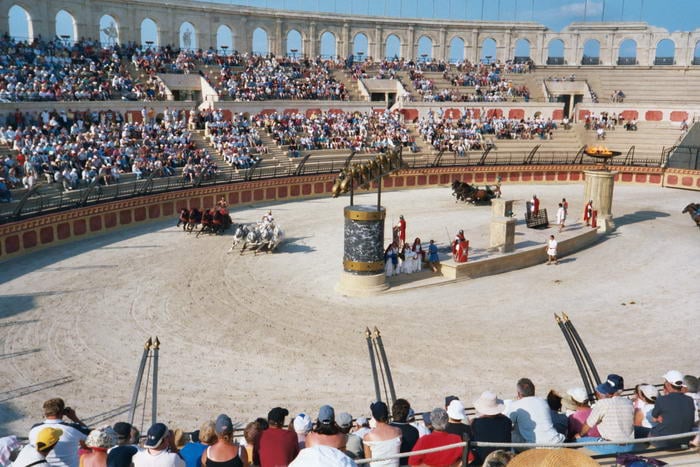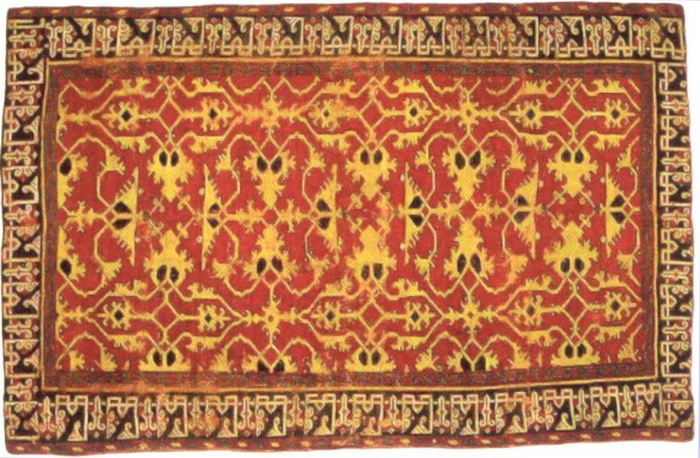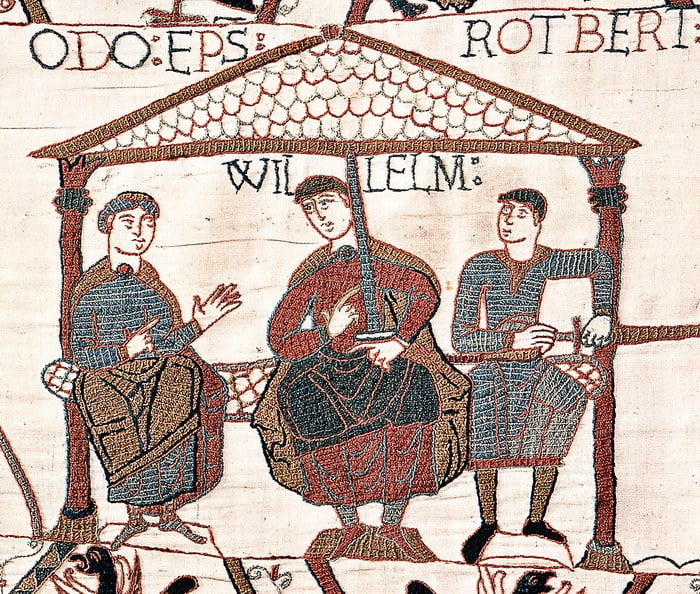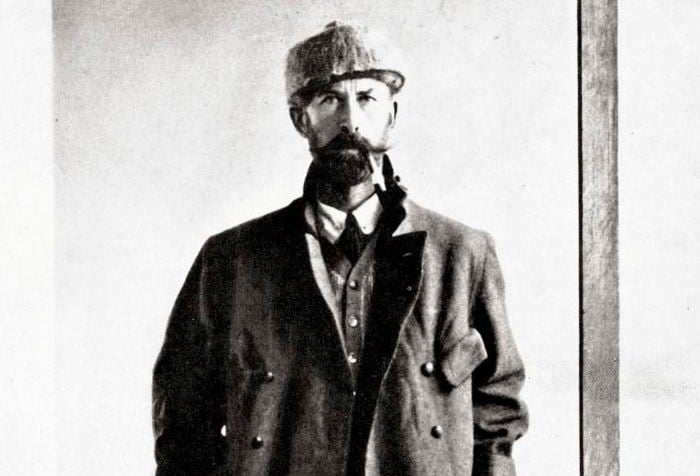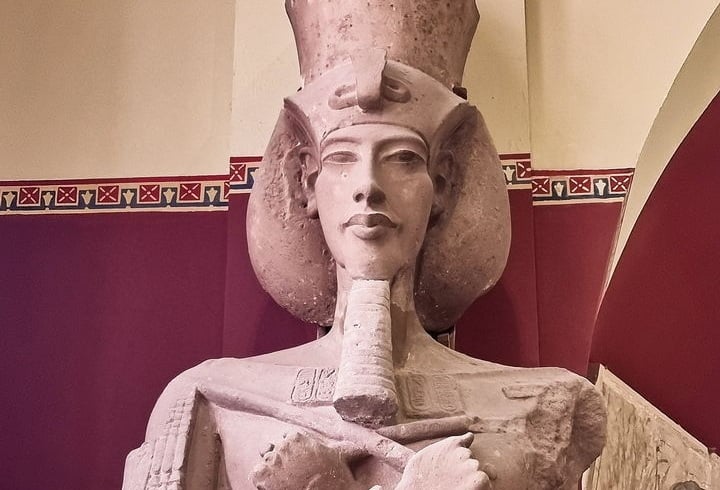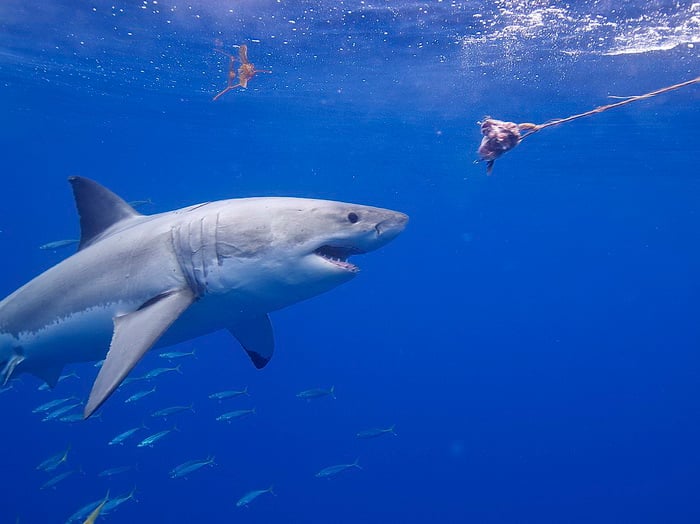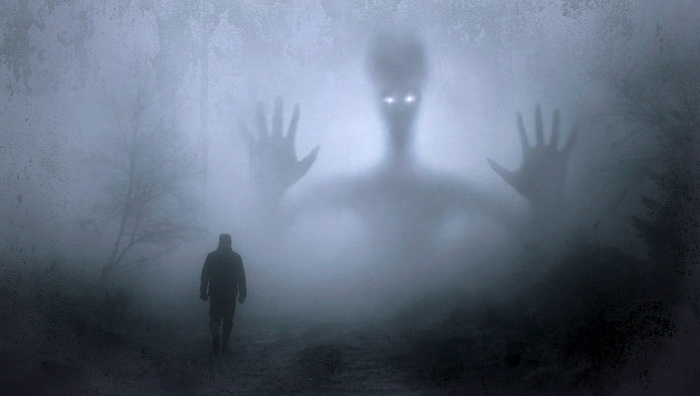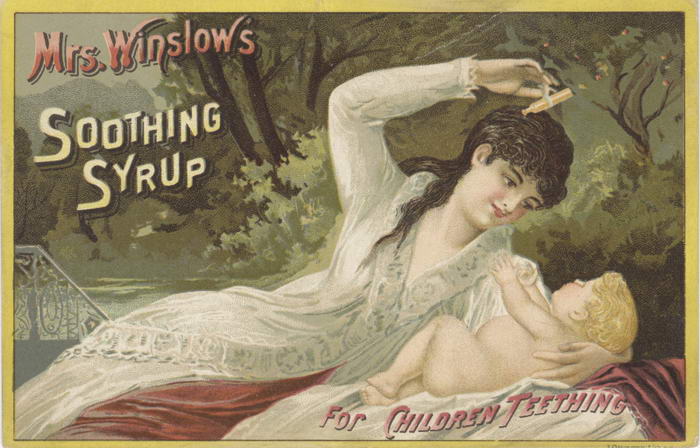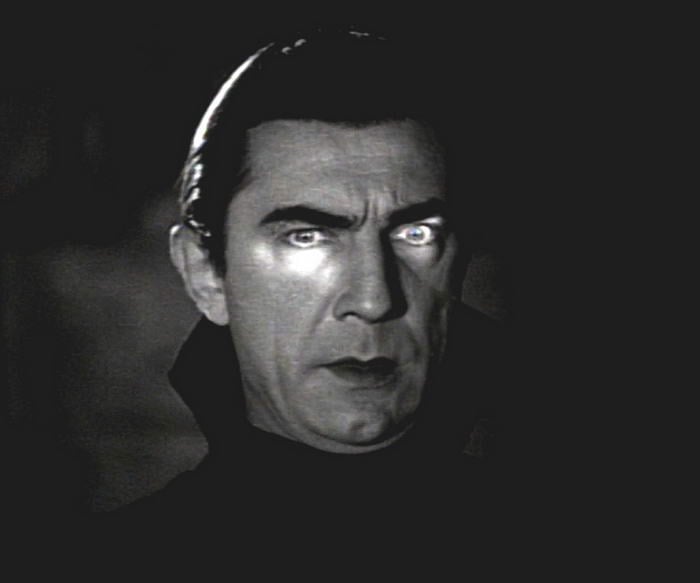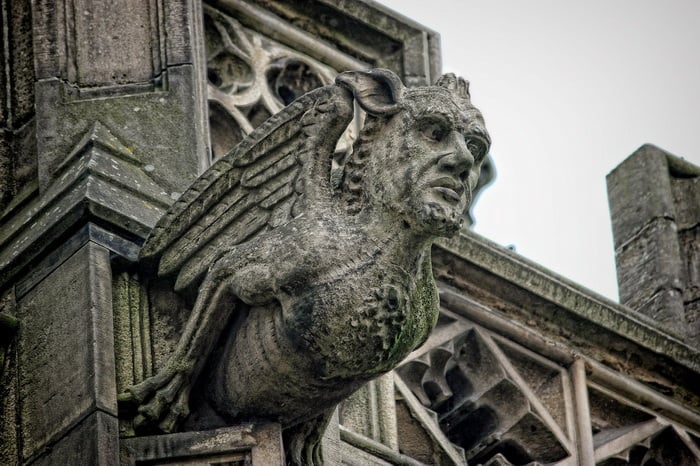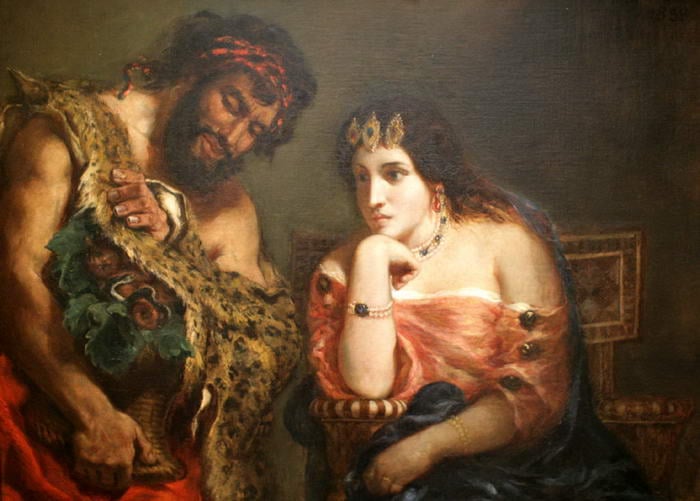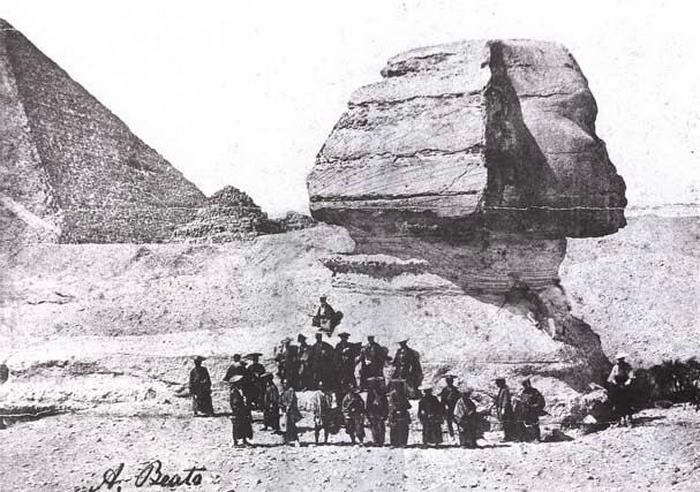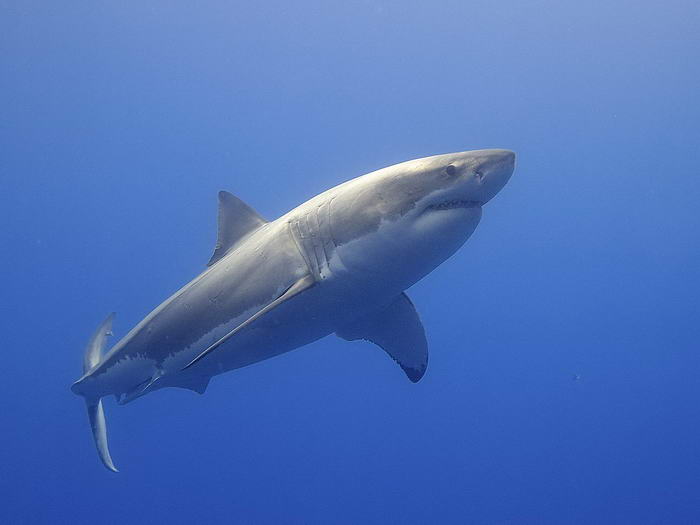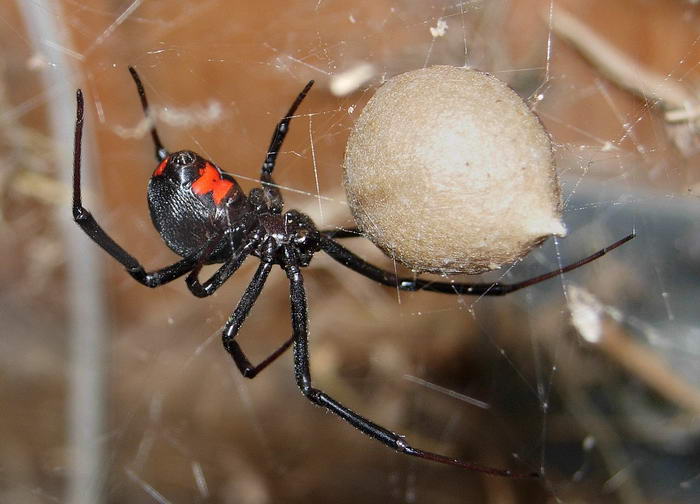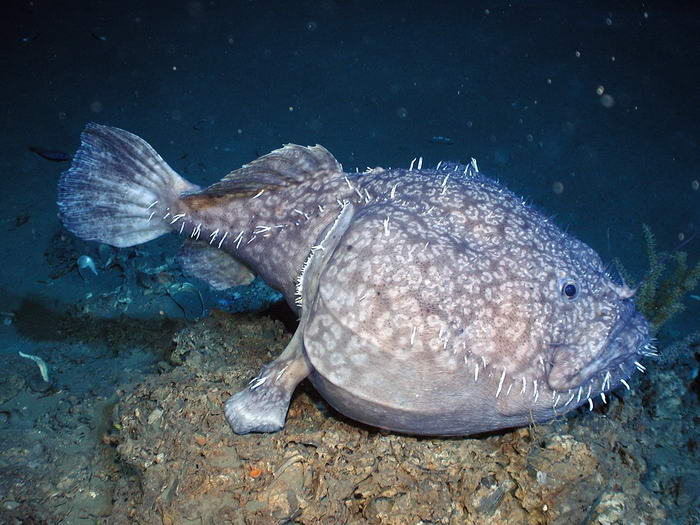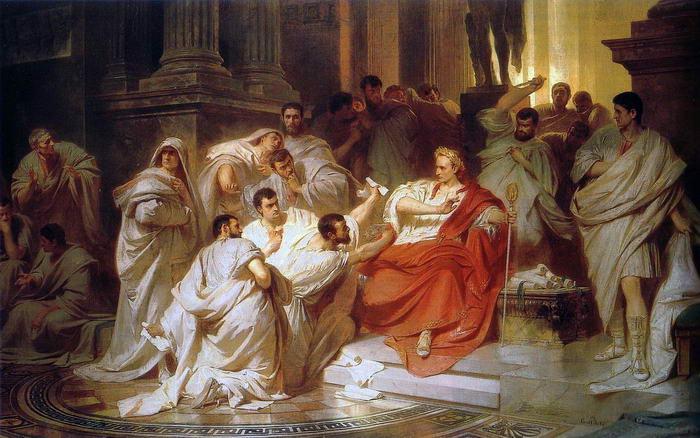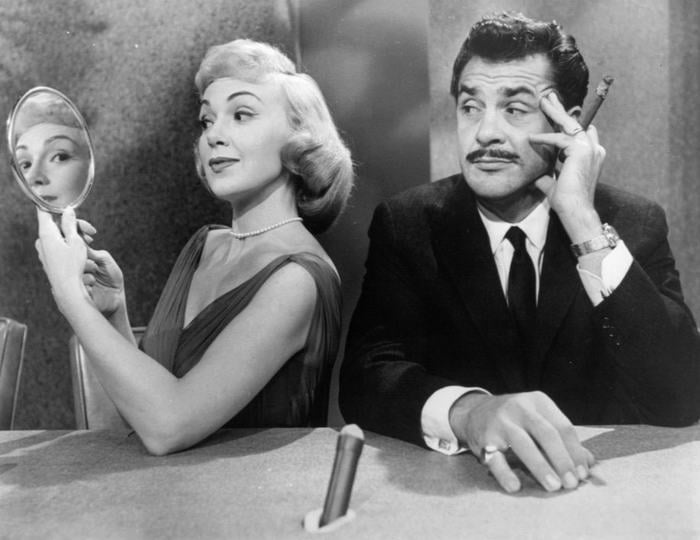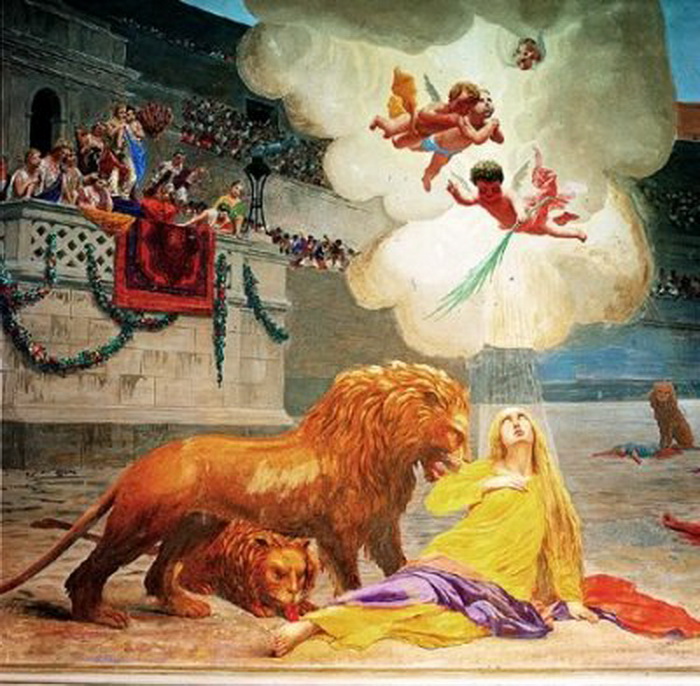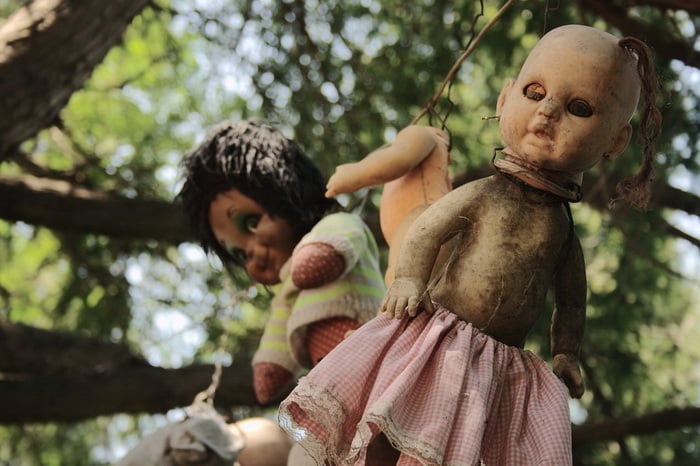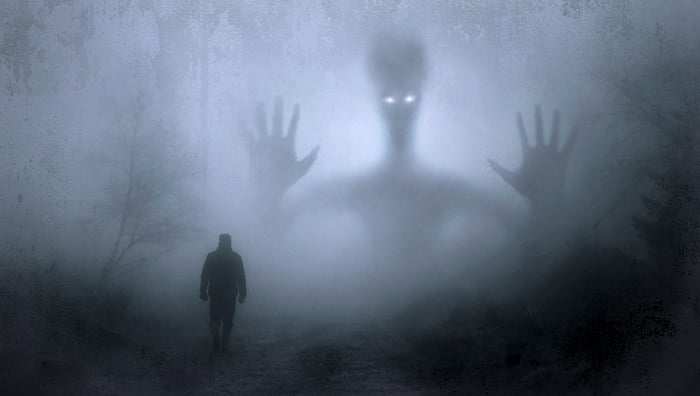In previous posts, we have talked about german mythical creatures and turkic monsters for mythology enthusiasts. Today, we’re diving deep into the dark and twisted world of Greek mythology. Get ready to explore some of the most terrifying and fascinating creatures ever imagined. Greek mythology is an extensive collection of legends about gods, heroes, and supernatural beings that originated in ancient Greece. It has influenced countless cultures and inspired numerous works of art, literature, and even scientific discoveries.
You’ve probably heard of some famous Greek gods and heroes. But have you ever wondered about the fearsome Greek monsters that roamed the mythical world, striking terror into the hearts of mortals and immortals alike? Well, wonder no more. Because we’re about to unveil the secrets of the 10 most scariest creatures from the ancient Greek legends. These Greek mythological creatures will give you goosebumps, and you’ll be glad they don’t exist in the real world! So, without further ado, let’s dive into chilling journey through the realm of ancient Greek monsters!
10 – Medusa
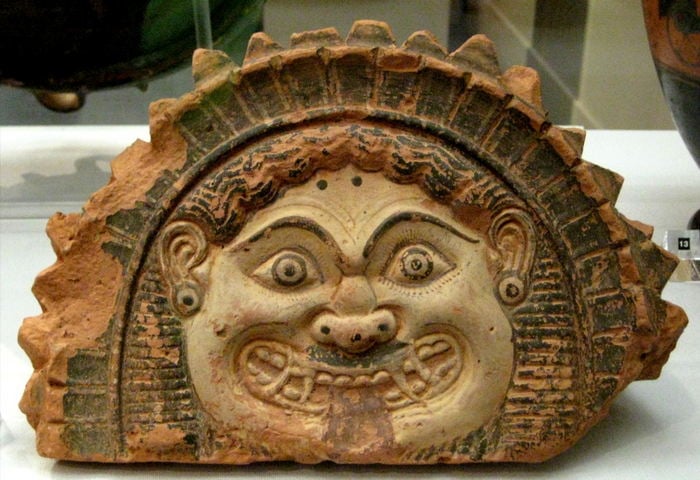
First up on our list is the infamous Medusa, one of the three Gorgon sisters. What makes Medusa stand out among her siblings is her deadly gaze. Legend has it that anyone who locked eyes with this snake-haired monster would be turned to stone instantly.
Medusa was once a beautiful maiden, but after angering the goddess Athena, she was cursed with a monstrous appearance. Her hair became a writhing mass of snakes, and her once-striking eyes could petrify anyone who dared to look at her. Medusa’s lair was said to be filled with the petrified remains of her unfortunate victims, creating a chilling landscape that few dared to enter.
Eventually, the hero Perseus managed to defeat Medusa by using a reflective shield to avoid her gaze, beheading her, and using her head as a powerful weapon. It is said that from Medusa’s blood, the winged horse Pegasus and the giant warrior Chrysaor were born.
09 – Cerberus
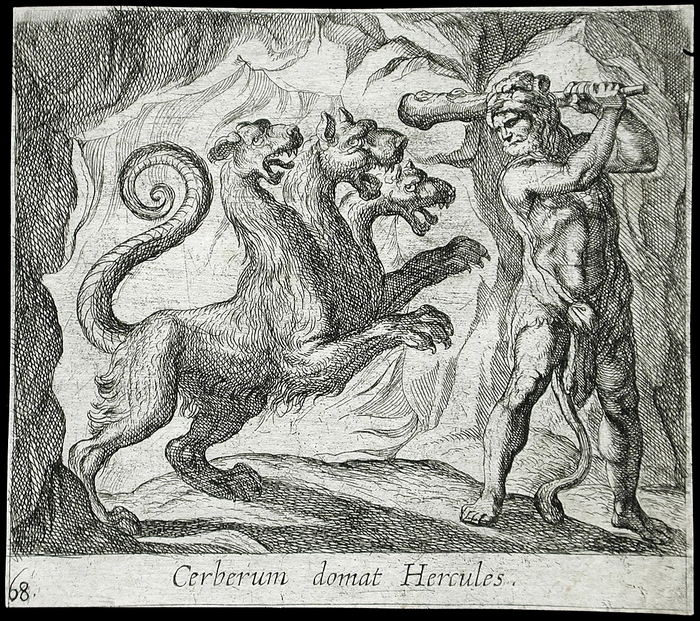
Next up is Cerberus, the monstrous three-headed dog tasked with guarding the entrance to the Underworld. Cerberus only let the dead souls to enter, but the living could not. This fearsome hound, also known as the “Hound of Hades,” had a serpent for a tail and snakes protruding from various parts of his body. Additionally, Cerberus was incredibly loyal to his master, the god Hades, and would only let those with permission from Hades pass.
Cerberus was the offspring of two other terrifying Greek monsters, Typhon and Echidna, and he was not to be trifled with. However, the demigod hero Heracles (or Hercules in Roman mythology) managed to capture Cerberus alive as one of his twelve labors, using his incredible strength and cunning to subdue the beast. To accomplish this feat, Heracles had to descend into the Underworld, facing numerous challenges along the way.
08 – Chimera
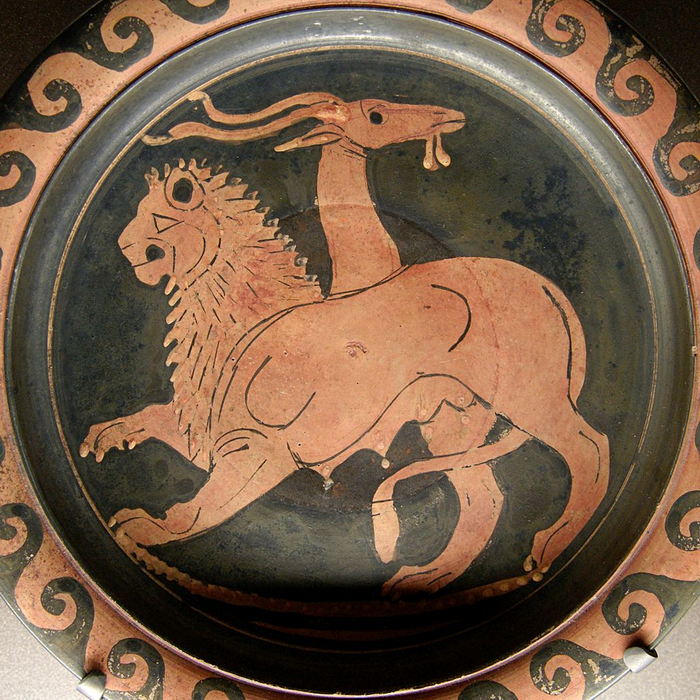
The Chimera is a fire-breathing hybrid creature with the body and head of a lion, a goat’s head protruding from its back, and a serpent for a tail. This beast roamed the countryside of Lycia in Asia Minor, causing death and destruction wherever it went. The Chimera was considered an omen of disaster, and its very appearance struck fear into the hearts of those who saw it.
The Chimera’s parentage is also quite fearsome, as it was born from the union of Typhon and Echidna, two of the most terrifying ancient Greek monsters. The creature’s unique and terrifying appearance has inspired countless artists and writers throughout history, making it a symbol of chaos and devastation.
Bellerophon, a legendary hero, was tasked with killing the Chimera. With the help of the winged horse Pegasus, he managed to slay the beast by shooting it with a lead-tipped spear, which melted in the monster’s fiery breath, suffocating it from within. Bellerophon’s victory over the Chimera remains one of the most celebrated tales of heroism in Greek mythology.
07 – Hydra
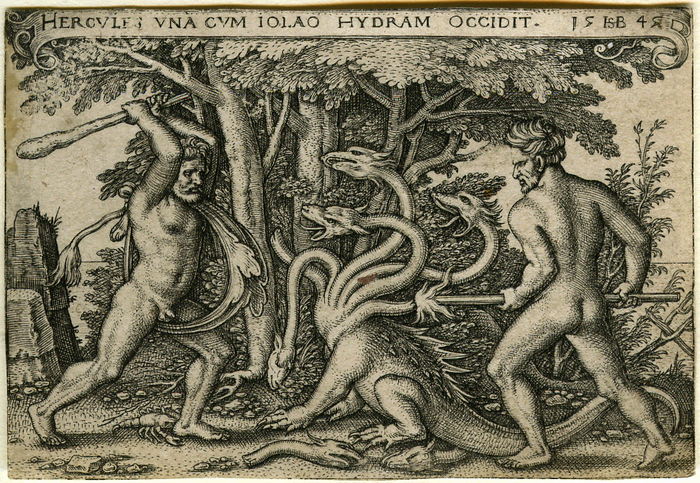
The Lernaean Hydra is another offspring of Typhon and Echidna. It is a fearsome multi-headed serpent that lived in the marshes of Lerna. This creature was incredibly difficult to kill, as each time one of its heads was cut off, two more would grow back in its place. The Hydra’s breath was also said to be deadly, filling the air with poisonous fumes that could kill any living thing.
Heracles, the mighty demigod, faced the Hydra as one of his twelve labors. With the help of his nephew, Iolaus, he devised a clever plan to defeat the monster. As Heracles cut off each head, Iolaus used a torch to cauterize the wounds, preventing new heads from growing back. Eventually, Heracles managed to slay the beast, dipping his arrows in its poisonous blood to create deadly weapons.
06 – Minotaur
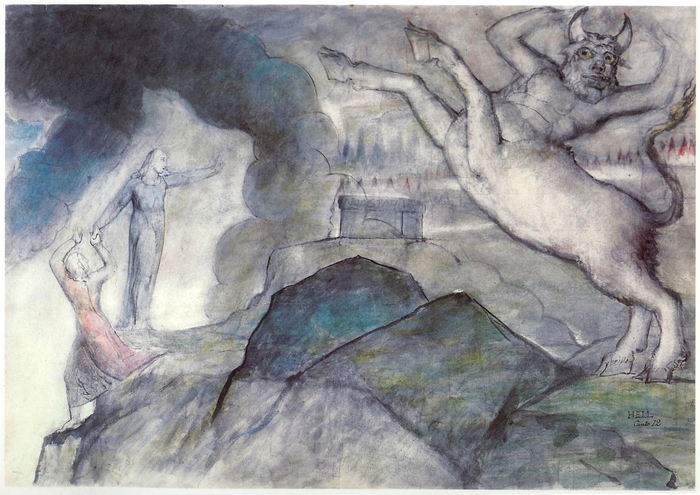
The Minotaur was a fearsome half-man, half-bull creature that was imprisoned in the labyrinth of the ancient city of Crete. The creature was the result of a curse placed upon King Minos by the gods, punishing him for his arrogance. The Minotaur had an insatiable appetite for human flesh and was fed by a regular tribute of young men and women from Athens.
The hero Theseus eventually volunteered to enter the labyrinth and face the Minotaur, hoping to put an end to the gruesome tribute. With the help of the Cretan princess Ariadne, who provided him with a ball of thread to navigate the maze, Theseus managed to find the Minotaur and slay it, freeing his people from the terrible curse.
05 – Scylla and Charybdis
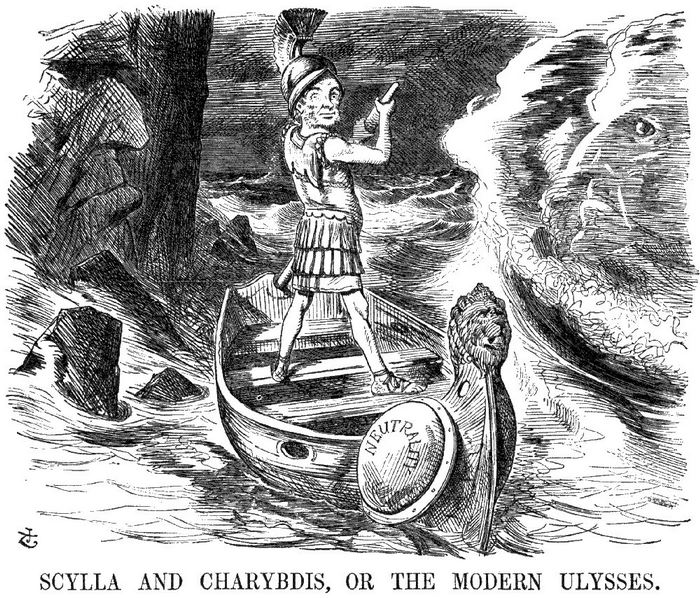
In Greek mythology, Scylla and Charybdis are two fearsome sea monsters that appear together as a deadly pair. As we know, they are located on opposite sides of a narrow strait, making it nearly impossible for sailors to avoid one without encountering the other.
Scylla was a monstrous creature with six long necks, each ending in a head with three rows of sharp teeth. She would snatch sailors from the decks of passing ships, devouring them in an instant. Charybdis, on the other hand, was a massive whirlpool that would swallow entire ships, dragging them to the depths of the sea.
The hero Odysseus famously encountered Scylla and Charybdis during his long journey home in Homer’s epic poem, the Odyssey. He was forced to choose between the two monsters, ultimately deciding to sail closer to Scylla, sacrificing a few of his men in order to save the majority of his crew.
04 – Harpies
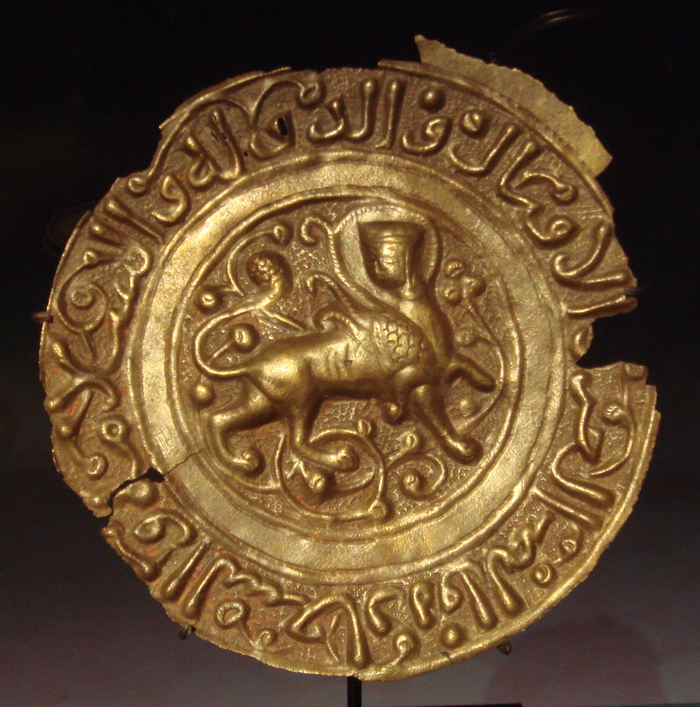
The Harpies were winged creatures with the body of a bird and the face of a woman. They were known as the “hounds of Zeus” and were associated with the punishment of wrongdoers. Harpies were notorious for their vicious nature, swooping down on their victims and tormenting them. They often stealing their food or otherwise making their lives miserable.
In the story of King Phineus, the Harpies were sent to torment the blind king as punishment for his cruelty. They would snatch away his food each day, leaving him to starve. The hero Jason and the Argonauts eventually came to Phineus’s aid, driving the Harpies away and freeing the king from his torment.
03 – Sirens
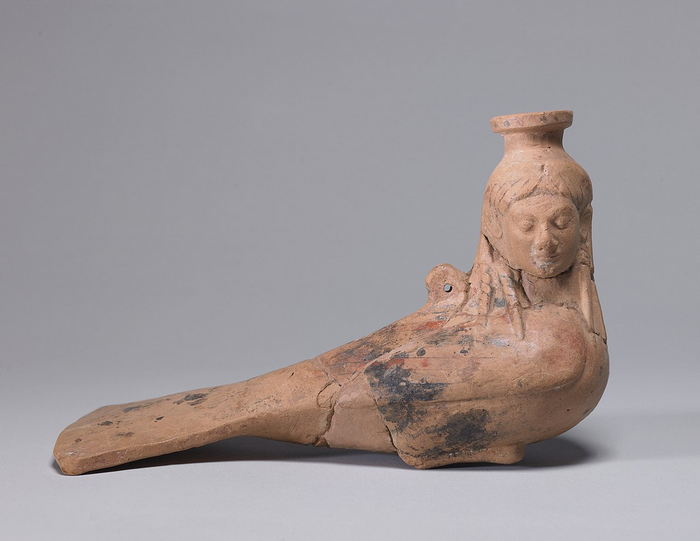
The Sirens were enchanting bird-like creatures with the heads of beautiful women and captivating voices. They were said to dwell on a rocky island, luring passing sailors to their doom with their irresistible songs. The Sirens’ music was so alluring that sailors would be drawn towards the island, inevitably crashing their ships on the treacherous rocks.
In Homer’s Odyssey, the hero Odysseus and his crew encountered the Sirens during their journey. In order to resist their enchanting voices, Odysseus had his men plug their ears with wax, while he himself was tied to the mast of the ship. So he could listen without being able to steer the vessel towards danger.
Ultimately, the tale of the Sirens highlights the importance of resisting temptation and staying focused on one’s goals. While their voices were alluring, the fate of those who succumbed to their charm was nothing short of tragic. This story serves as a reminder of the captivating power of ancient Greek monsters and the timeless appeal of Greek mythology.
02 – Sphinx
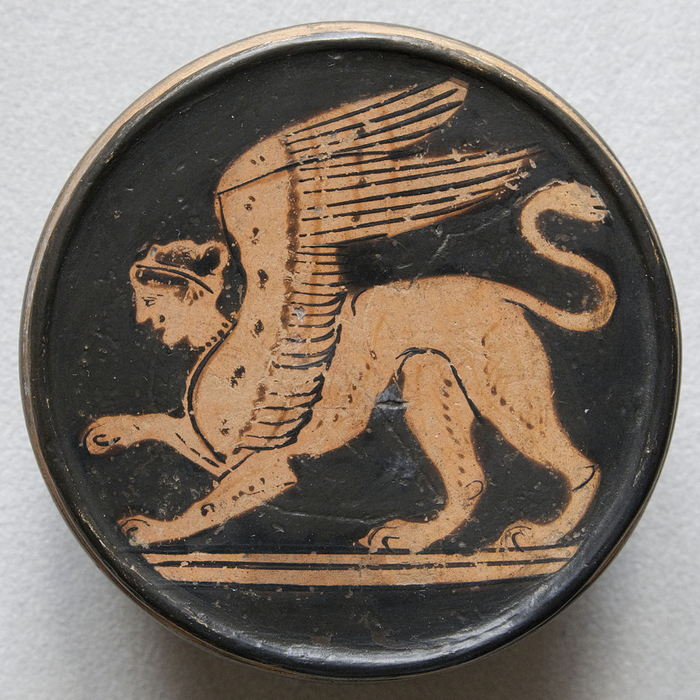
The Sphinx was a mythical creature with the body of a lion, the wings of a bird, and the face of a woman. In Greek mythology, the Sphinx is most famous for its role in the story of Oedipus. The creature guarded the entrance to the city of Thebes, posing a riddle to anyone who wished to enter. If the traveler could not solve the riddle, the Sphinx would devour them.
Oedipus, a wandering prince, managed to solve the Sphinx’s riddle, which was: “What walks on four legs in the morning, two legs at noon, and three legs in the evening?” The answer was “a human,” who crawls on all fours as a baby, walks on two legs as an adult, and uses a cane in old age. Upon hearing the correct answer, the Sphinx killed itself, and Oedipus became the king of Thebes, unknowingly fulfilling a tragic prophecy.
01 – Erymanthian Boar
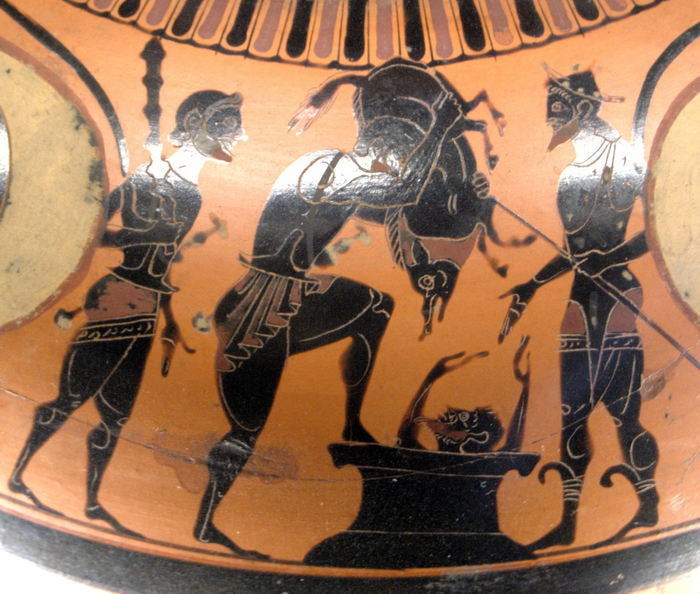
The Erymanthian Boar was a massive, ferocious beast that roamed the wilderness, causing destruction and terror wherever it went. The boar was a nearly unstoppable force, with razor-sharp tusks and an insatiable appetite for destruction.
As one of his twelve labors, the hero Heracles tried capturing the Erymanthian Boar alive and bringing it to King Eurystheus. After a long and arduous hunt, Heracles managed to track down the boar, driving it into a snowdrift and trapping it. He then bound the creature and carried it back to the king, completing yet another of his seemingly impossible tasks.
From the deadly gaze of Medusa to the enchanting songs of the Sirens. These ten terrifying Greek monsters have captivated and horrified readers for centuries. Though they may not be real, the power of these Greek mythological creatures lies in their ability to stir our imaginations and remind us of the timeless appeal of Greek mythology.
These ancient tales continue to inspire art, literature, and even modern-day storytelling today. It proves that the allure of the ancient Greek monsters and the heroes who faced them is truly timeless. So the next time you’re in the mood for a spine-tingling tale, look no further than the incredible world of Greek mythology and the monsters that haunt its pages.
FAQs
Q: Why are Greek monsters so popular in mythology?
A: Well, Greek monsters have always been a fascinating part of Greek mythology. Because they represent the challenges and fears faced by ancient societies. In addition, these mythical creatures often serve as opponents for heroes to overcome, demonstrating the power of courage.
Q: How did ancient Greeks use these monster stories in their culture?
A: Ancient Greeks used these monster stories as a way to teach important moral lessons, convey cultural values, and entertain. By pitting heroes against fearsome monsters, the tales illustrated the power of human strength, wisdom, and resilience. Furthermore, these stories often served as cautionary tales.
Q: Are there similar monsters in other mythologies?
A: Yes, indeed! Many cultures have their own unique mythological creatures and monsters that share similarities with Greek monsters. For instance, Norse mythology has the giant serpent Jormungandr, while Egyptian mythology features the serpent Apophis.
Q: Which Greek monster is the most powerful?
A: It’s difficult to determine the most powerful Greek monster, as each has its own strengths and weaknesses. However, we can say that Typhon is one of the most formidable foes in Greek mythology. It is famous as the father of many monsters and with the power to create storms and hurl massive boulders. Typhon posed a significant threat even to the mighty gods of Olympus.
Q: Are there any modern adaptations of Greek monster stories?
A: Absolutely! Greek monster stories have inspired countless adaptations in literature, movies, and other forms of popular culture. For example, the Percy Jackson book series by Rick Riordan features many Greek monsters and mythological creatures. Movies like “Clash of the Titans” and “Immortals” are just 2 examples.


